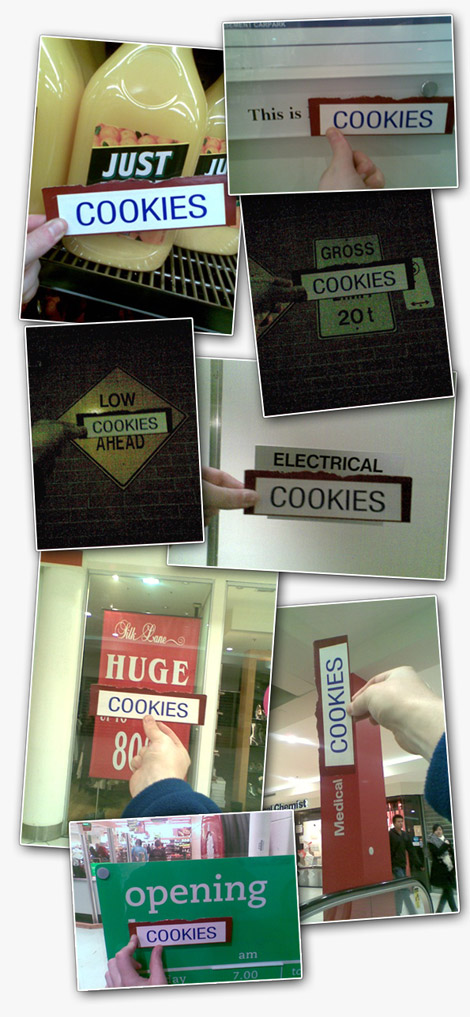Beach stereos
Here’s a few 3D photos from a recent trip beachwards, run through slowmoVideo for smooth transitions:
Here’s a few 3D photos from a recent trip beachwards, run through slowmoVideo for smooth transitions:
Presenting 3D stereoscopic images is a challenge. Personally I usually view them in cross-eyed free viewing mode (like so), but that takes training (and sometimes eye strain). The most accessible method of displaying them to untrained viewers is the “wiggly gif”. This conveys depth pretty well, but can be jarring:
For a while now I’ve had my eyes on Simon Eugster’s excellent slowmoVideo software. It uses Optical Flow analysis to determine motion between frames, and then synthesizes intermediate frames to allow slowing down regular video footage without making it jerky. Conveniently, the same technique works really well at generating smooth transitions between stereo pairs.
Until a few days ago it required an nvidia graphics card (which I don’t have), but the recent 0.2.6 release can make use of the OpenCV software library instead - so I was thrilled to finally be able to try generating a smoothly interpolated version of some stereo pairs. Here’s the earlier stereo pair with just a few intermediate frames synthesized:
It’s only a few extra frames, but the effect is quite amazing. It sadly didn’t work on all of the stereo pairs I tried - if there is too much motion between frames it can get confused and produce weird artifacts, but when it works it’s pretty damn magical.
It’s a bit of a manual process at the moment, but I’m hoping to automate the laborious bits and integrate it into my stereoscoper command-line tool to allow generating these with minimal effort.
I took a few nice photos when I visited Tasmania last christmas. I’ve been a bit slow in putting them up, so here they are!
A few days ago I got a shiny new toy: a 3d camera from thinkgeek (I’d link to it, but it seems to have disappeared from their catalogue). I’m a massive fan of 3d photos / video, so it’s pretty cool to have a device that allows me to take stereoscopic photo pairs simultaneously (you can do it manually with a static scene, but those get boring).
Sadly (although not surprisingly), the quality is not great. The limited resolution is not really an issue given how you’re likely to view them, but the pictures come out awkwardly stretched to half the expected horizontal resolution. They are also pre-combined in a single JPEG, they are the way around for cross-eyed viewing, and the colour balance is frequently off between the two sensors (which can be really jarring).
Seeing a lot of manual photo fixing in my future, I set out to automate it. And thus stereoscoper was born, as a way to bulk-convert stereo images to other formats. Aside from the obvious geometry changes (the horizontal resolution and image placement), I also learnt all about histogram matching in order to make the colour balance consistent across stereo pairs. And in order to make animated gifs that match up nicely, there’s even an interactive mode where you can fine-tune the alignment of the image pairs.
In the wiggly-animated spirit of 3ERD (note: some images there are NSFW), here’s some fun we had in the park with my new toy:
(click to toggle each animation. It’s off by default to save your brain from having a fit ;)
Update: Click the (stereo) link under each image for a cross-eyed viewing version.
